Sales of new energy vehicles increased significantly
Make the concept of "car lightweight"
It's hot again.
A variety of modified plastics, composite materials and light alloy materials are increasingly mature, not only in the traditional automobile engine around, but also in the power battery of new energy vehicles, there are a variety of plastic applications.

But these plastics do not perform well on the safety issue of flame retardancy.
Flame retardant and its related industries along with "automobile lightweight" become the hot spot of the automobile industry.
Development direction of flame retardant plastics for auto parts
At present, the common types of flame retardant materials used in automotive parts are PP, PA, PU, PC, ABS materials, as well as a variety of modified materials and composite materials composed of them.
Compared with traditional fuel vehicles, new energy vehicles have added battery modules, charging piles and charging guns and other components.
➡️ The amount of engineering plastics used for battery pack module of a single new energy vehicle is about 30kg. The plastic shell of new energy vehicle mainly uses modified PP, modified PPS, PPO and other high temperature resistant plastics.
➡️ Charging piles require engineering plastics due to high usage standards and harsh operating environment. Each charging pile needs about 6kg engineering plastics. At present, PBT, PA and PC are commonly used.
When preparing flame retardant plastics, most of them will increase their limiting oxygen index LOI to about 25-35%, so as to effectively improve the overall safety index of vehicles. In addition, with the current combination of electrification and carbon neutrality, plastics and various flame retardants containing halogens will be more restricted.
Therefore, the future development direction of flame retardant plastics, in addition to the need for sufficient mechanical properties to meet the lightweight demand, in electric vehicles and other fields will also need materials to pay attention to the electrical, processing, environmental protection requirements
Flame retardants will develop towards the direction of halogen-free and high performance, while the research focus of high performance flame retardants will develop towards the direction of complex co-effect flame retardants, halogen-free flame retardants, expansion flame retardants, superrefinement, nano technology, high efficiency surface chemical modification technology and multi-functional technology.
Application of flame retardant materials in automobile parts
At present, the flame-retardant plastics mainly used are PP, PU, ABS and PC. According to the special needs of automobile parts, composites (alloying), PA, PBT and PMMA are also used accordingly.
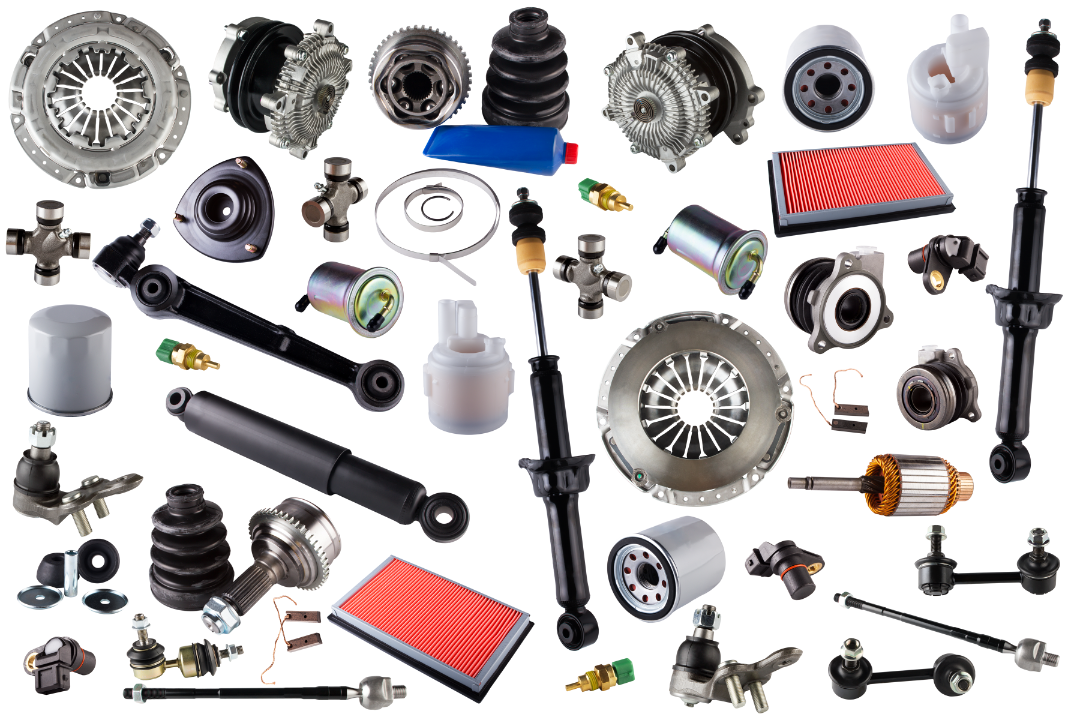
Flame retardant PP
PP is the largest amount of automotive plastic polymer material, has excellent chemical corrosion resistance, and the processing process is simple, low cost. Widely used in automobile instrument panel, battery pack shell, door guard, post, seat guard, bumper and so on.
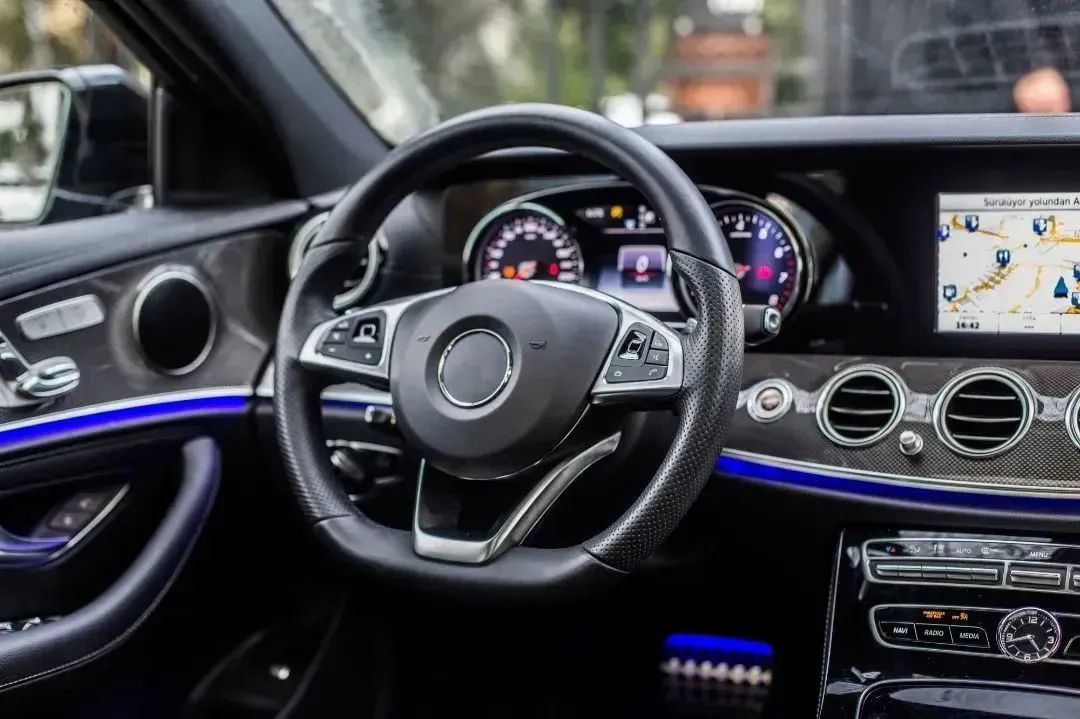
However, the flame retardancy of PP without added flame retardants is very poor, and its LOI is only 17.8%, which is very easy to burn. The research on automotive flame retardant PP mainly focuses on the modification of PP matrix, and the development of PP composites with excellent mechanical properties and flame retardant effect by adding low toxicity and halogen-free flame retardants.
With the implementation of strict environmental policy, halogen-free flame retardants for polymer materials has been the general trend.
In combination with specific cases, there have been examples of LGF enhanced halogen-free flame retardant polypropylene battery tank prepared by using PP as matrix, long glass fiber (LGF) as filling material, adding phosphorus and nitrogen series halogen-free expansion flame retardant, MCA, etc.
In the preparation process, double masterbatch preparation method was used to prepare LGF masterbatch and halogen-free flame-retardant masterbatch respectively, and then the two were mixed evenly and injected directly to produce flame-retardant PP products.
The double masterbatch preparation method avoids the degradation of flame retardants and mechanical properties caused by short length of glass fiber, which are caused by high shear temperature caused by excessive shear in the manufacturing process of long glass fiber masterbatch.
In the halogen-free modification technology of flame retardant PP, IFR is considered to be one of the most promising development directions of halogen-free flame retardant PP due to its advantages of minimal effect on processing fluidity and low density, excellent flame retardant efficiency, less consumption, low smoke and non-toxic.
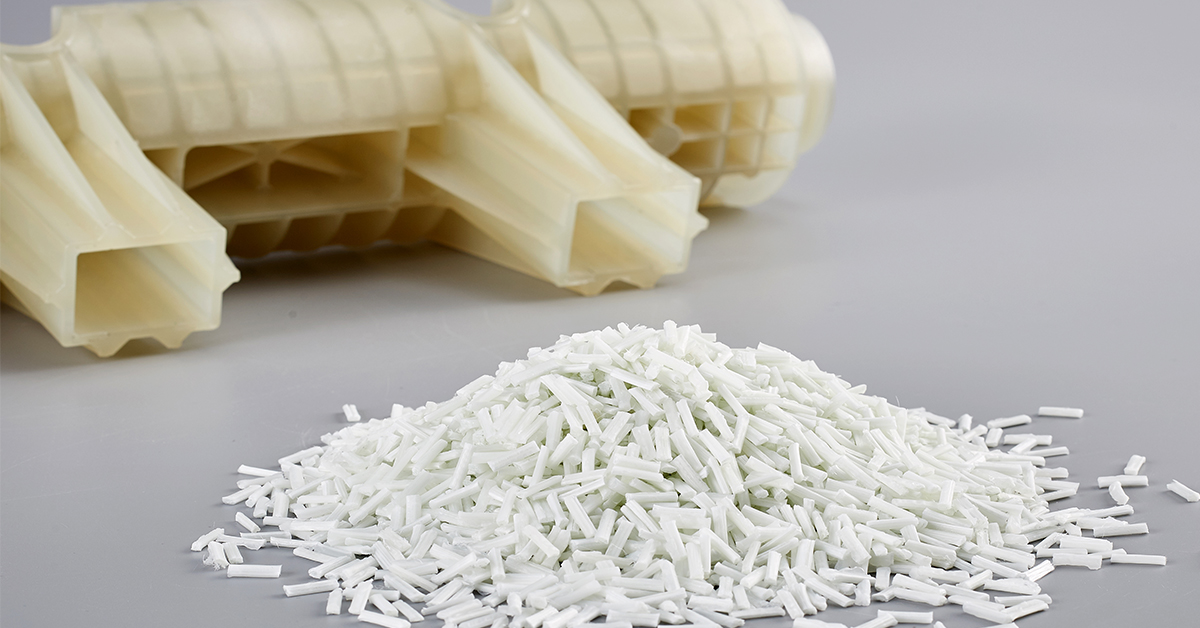
Flame retardant ABS
ABS is also one of the world's largest household appliance polymer materials before the rise of the automotive industry.
According to incomplete statistics, about 80% of ABS consumption in China comes from the field of home appliances, which is mainly due to the superior surface coating performance, durability and anti-corrosion of ABS.
It is also these characteristics that make ABS become a typical in the field of automobile coating. However, the molecular structure of ABS resin only contains C, H and O elements, so it does not have flame retardant property, and its stability at high temperature stage is very poor, and it is easy to burn. At the same time, the burning process also produces pungent smell and black smoke, which cannot be directly used in auto parts.

At present, the main application direction of ABS is through flame retardant or high temperature resistance modification, or mixed with PC into PC/ABS composite material
For ABS, the flame retardant efficiency of halogenated flame retardants is relatively high, and the flame retardant effect of bromine is better than that of chlorine. Although halogen flame retardants are low-cost and effective, they are known to be under great pressure from policies and environmental regulations in the future.
Therefore, the flame retardant modification of ABS is still an important research and development direction.
However, brominated flame retardants are still the most popular choice for applications with strict flame retardant standards. It is reported that about 70% of ABS used in electronic and electrical products are bromine flame retardants.
PC/ABS has the advantages of both, with better HDT and stability, and better processing performance. At present, it is the plastic alloy with the largest output and the most mature technology, and also one of the most widely used materials in the field of auto parts. Such as the instrument panel, battery, body, interior and other parts, all use PC/ABS materials.
However, it should be noted that there are still "1+1 < 2" in some indicators: PC itself is a kind of self-extinguishing material, UL94 can reach V2 level, but the flame retardant performance of PC/ABS has decreased, which needs to be made up.
In addition to halogenated and phosphorous systems, nano-flame retardants, such as nano-scale antimony trioxide, aluminum hydroxide, magnesium hydroxide and nano-layered dihydroxides, are also of great concern.
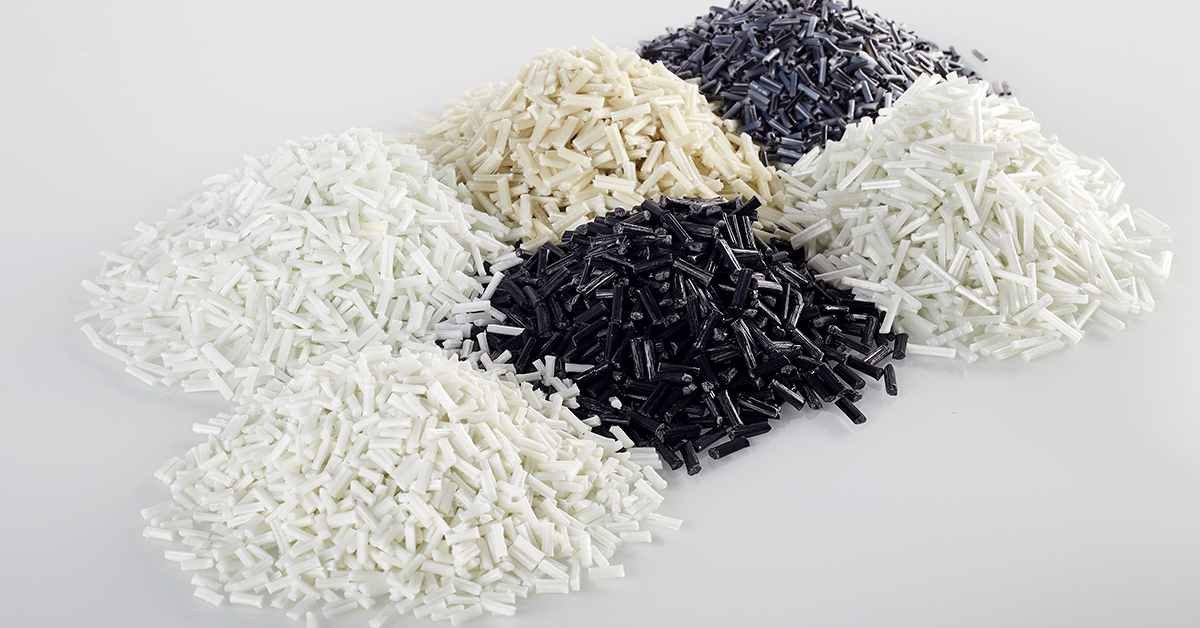
Flame retardant PC
PC as one of the five engineering plastics, the application of automotive parts is also quite mature, such as car dashboard, lamp system, heating plate, defroster and even some PC alloy made of bumper and so on.
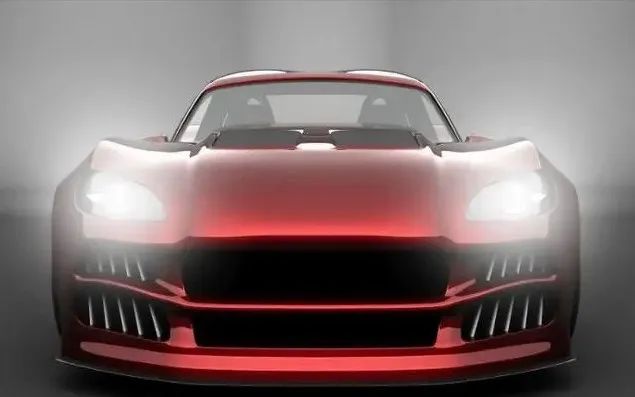
PC itself has a certain flame-retardant, compared with other polymer materials (such as PE, PP, etc.) has a certain advantage, LOI up to 21-24%. However, it is still necessary to modify the flame retardant of auto parts in the application field which requires relatively high flame retardant.
Brominated flame retardants can obviously improve the flame retardancy of PC, and the commonly used decabromodiphenyl ether (DBDPO), tetrabromodiphenol A (TBB-PA) and so on. But brominated flame retardant materials tend to decompose at high temperatures and produce corrosive gases, which can damage auto parts.
Moreover, the addition of brominated flame retardants will seriously affect the transparency of PC, and does not meet the requirements of the European Union's non-halogenation and environmental protection policy.
At present, TPP, RDP and BDP are the most widely used phosphorous flame retardants in industrial PC products.
➡️, TPP is solid at room temperature and has poor thermal stability. It is easy to volatiliize at PC processing temperature and only plays the role of gas phase flame retardant.
➡️RDP and BDP are liquid at room temperature, with good thermal stability, can play the gas phase and solid phase flame retardant role at the same time, BDP and PC have good compatibility, can play the role of hardening.